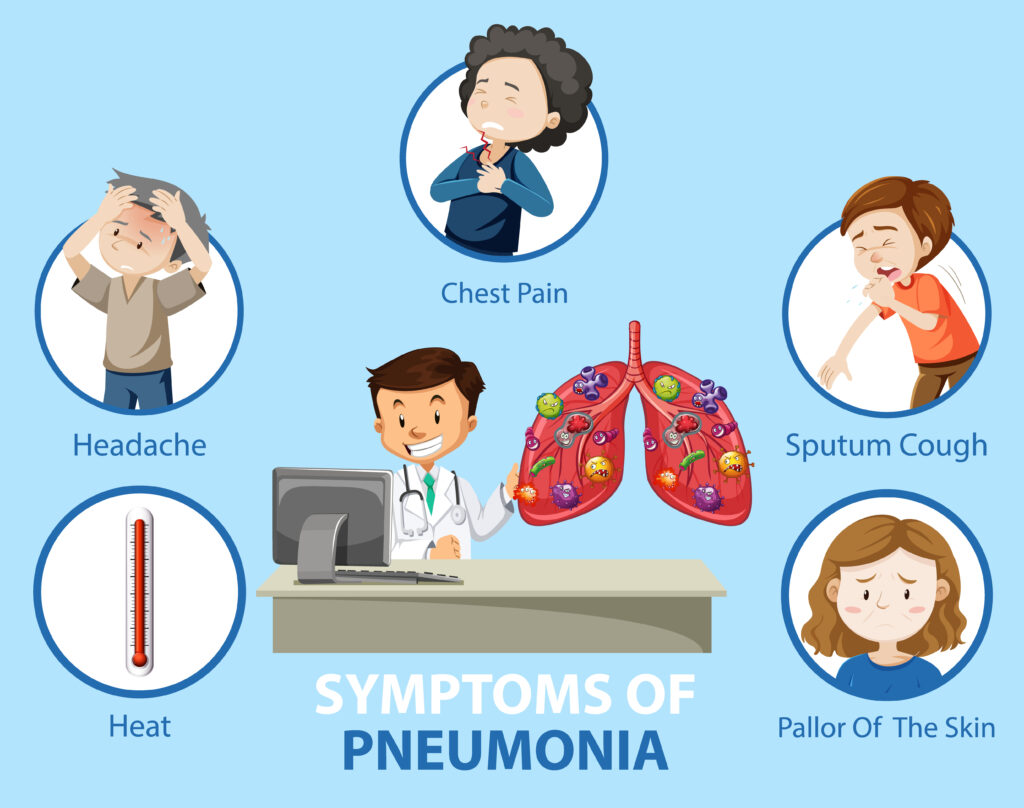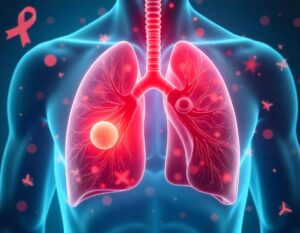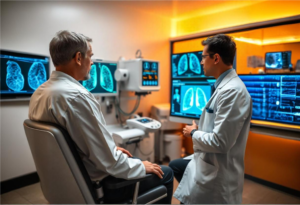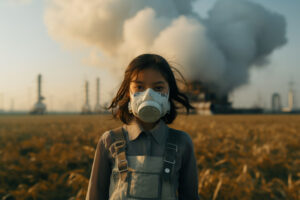Pneumonia is a serious lung infection that affects millions of people worldwide each year. Despite its prevalence, many individuals remain unaware of the dangers associated with this condition, its various causes, and how to recognize the symptoms early. This blog post aims to raise awareness about pneumonia, providing crucial information to help the public better understand this potentially life-threatening disease.
What is Pneumonia?
Pneumonia is an infection that inflames the air sacs in one or both lungs. These air sacs, known as alveoli, can fill with fluid or pus, leading to symptoms such as a persistent cough, fever, chills, and difficulty breathing. Pneumonia can range from mild to severe, with the severity often depending on the type of pathogen causing the infection, the patient’s age, and overall health.
Causes of Pneumonia
Pneumonia can be caused by a variety of organisms, including bacteria, viruses, fungi, and in some cases, parasites. Understanding the cause of pneumonia is crucial for determining the most effective treatment.
1. Bacterial Pneumonia
Bacterial pneumonia is the most common type of pneumonia. It typically occurs when the body’s immune system is weakened, making it easier for bacteria to invade the lungs. The most common cause of bacterial pneumonia is Streptococcus pneumoniae. Other bacteria, such as Haemophilus influenzae and Mycoplasma pneumoniae, can also cause this condition.
Bacterial pneumonia often develops suddenly, with symptoms such as high fever, chills, chest pain, and a productive cough that may produce greenish or yellow mucus. It’s often treated with antibiotics, which are generally effective, but timely treatment is crucial to prevent complications.
2. Viral Pneumonia
Viral pneumonia is often less severe than bacterial pneumonia but can still be dangerous, especially in vulnerable populations like the elderly, young children, and people with weakened immune systems. The viruses that commonly cause pneumonia include influenza, respiratory syncytial virus (RSV), and coronaviruses, including the one responsible for COVID-19.
Symptoms of viral pneumonia are similar to those of bacterial pneumonia but may develop more gradually. They include fever, a dry cough, headache, muscle pain, and fatigue. In some cases, viral pneumonia can lead to bacterial pneumonia, a secondary infection that complicates the illness.
3. Fungal Pneumonia
Fungal pneumonia is less common and usually affects individuals with weakened immune systems, such as those with HIV/AIDS or those taking immunosuppressive drugs. Fungi that can cause pneumonia include Histoplasma, Coccidioides, and Cryptococcus, which are often found in soil or bird droppings.
Symptoms of fungal pneumonia can be similar to those of bacterial and viral pneumonia but may also include skin lesions or joint pain. Treatment often involves antifungal medications, but recovery can take longer than with other types of pneumonia.
4. Aspiration Pneumonia
Aspiration pneumonia occurs when food, liquid, or vomit is inhaled into the lungs instead of being swallowed into the esophagus. This can lead to a bacterial infection, especially if the inhaled material was not sterile. This type of pneumonia is more common in individuals who have difficulty swallowing, such as those with neurological conditions or who are under the influence of alcohol or drugs.
Symptoms of Pneumonia
The symptoms of pneumonia can vary depending on the type of pathogen, the patient’s age, and their overall health. However, some common symptoms to watch for include:
- Cough: This can be dry or produce phlegm that may be green, yellow, or even bloody.
- Fever: A high temperature is often one of the first signs of pneumonia.
- Shortness of Breath: Difficulty breathing or rapid, shallow breathing is common.
- Chest Pain: Sharp or stabbing pain that worsens with deep breaths or coughing.
- Fatigue: Feeling unusually tired or weak.
- Confusion: Especially in older adults, pneumonia can cause confusion or changes in mental awareness.
- Sweating and Shaking Chills: These are often associated with bacterial pneumonia.
- Nausea, Vomiting, or Diarrhea: Gastrointestinal symptoms can also occur, particularly in younger patients.

Types of Pneumonia
Pneumonia is classified into several types based on where and how it was acquired:
1. Community-Acquired Pneumonia (CAP)
This is the most common type of pneumonia and occurs outside of hospitals or other healthcare facilities. CAP can be caused by bacteria, viruses, or fungi, with Streptococcus pneumoniae being a leading bacterial cause.
2. Hospital-Acquired Pneumonia (HAP)
HAP occurs in patients during or after a stay in a hospital. This type of pneumonia can be more serious because the bacteria causing it may be more resistant to antibiotics. It is a major concern in healthcare settings, particularly in patients using ventilators or those with weakened immune systems.
3. Ventilator-Associated Pneumonia (VAP)
A subtype of HAP, ventilator-associated pneumonia occurs in patients who are on mechanical ventilation. The risk is higher because the ventilator can introduce bacteria into the lungs, and patients in critical care may have a compromised immune system.
4. Aspiration Pneumonia
As mentioned earlier, aspiration pneumonia occurs when food, drink, vomit, or saliva is inhaled into the lungs. This type is more common in people with swallowing difficulties or those who are unconscious or semi-conscious due to anesthesia, a stroke, or a heavy intake of alcohol.
5. Atypical Pneumonia
Often called “walking pneumonia,” atypical pneumonia is caused by certain bacteria, such as Mycoplasma pneumoniae, that typically cause milder symptoms. Patients with atypical pneumonia might not feel sick enough to stay in bed or seek medical attention, leading to delayed diagnosis and treatment.
Prevention and Vaccination
Preventing pneumonia, particularly in vulnerable populations, is essential. Vaccination is one of the most effective ways to prevent certain types of pneumonia. For instance, the pneumococcal vaccine protects against Streptococcus pneumoniae, a common cause of bacterial pneumonia. The influenza vaccine is also important because viral infections like the flu can lead to pneumonia.
Other preventive measures include:
- Good Hygiene: Regular handwashing can reduce the risk of viral and bacterial infections.
- Healthy Lifestyle: A healthy diet, regular exercise, and avoiding smoking can strengthen the immune system.
- Avoiding Smoking: Smoking damages the lungs and increases the risk of respiratory infections.
- Managing Chronic Conditions: Proper management of chronic illnesses like diabetes and asthma can reduce the risk of complications from pneumonia.
Conclusion
Pneumonia remains a significant public health issue worldwide, with millions of cases each year leading to hospitalization and, in severe cases, death. Understanding the causes, symptoms, and types of pneumonia is crucial for early detection and effective treatment. By raising awareness about this condition, we can encourage preventive measures, timely medical care, and ultimately, save lives.
If you or a loved one is experiencing symptoms of pneumonia or other respiratory concerns, don’t wait to seek expert care. At Apex Pulmonology Clinic, our team of specialized pulmonologists is dedicated to providing comprehensive, personalized treatment plans to help you breathe easier and recover faster. Schedule an appointment with us today to get the expert care you deserve and take the first step toward better lung health. Your health is our priority—contact Apex Pulmonology Clinic now and let us guide you on the path to recovery.







